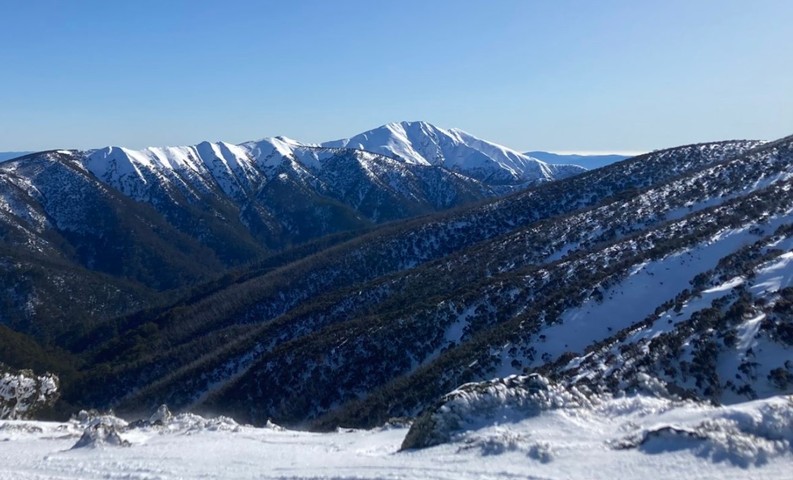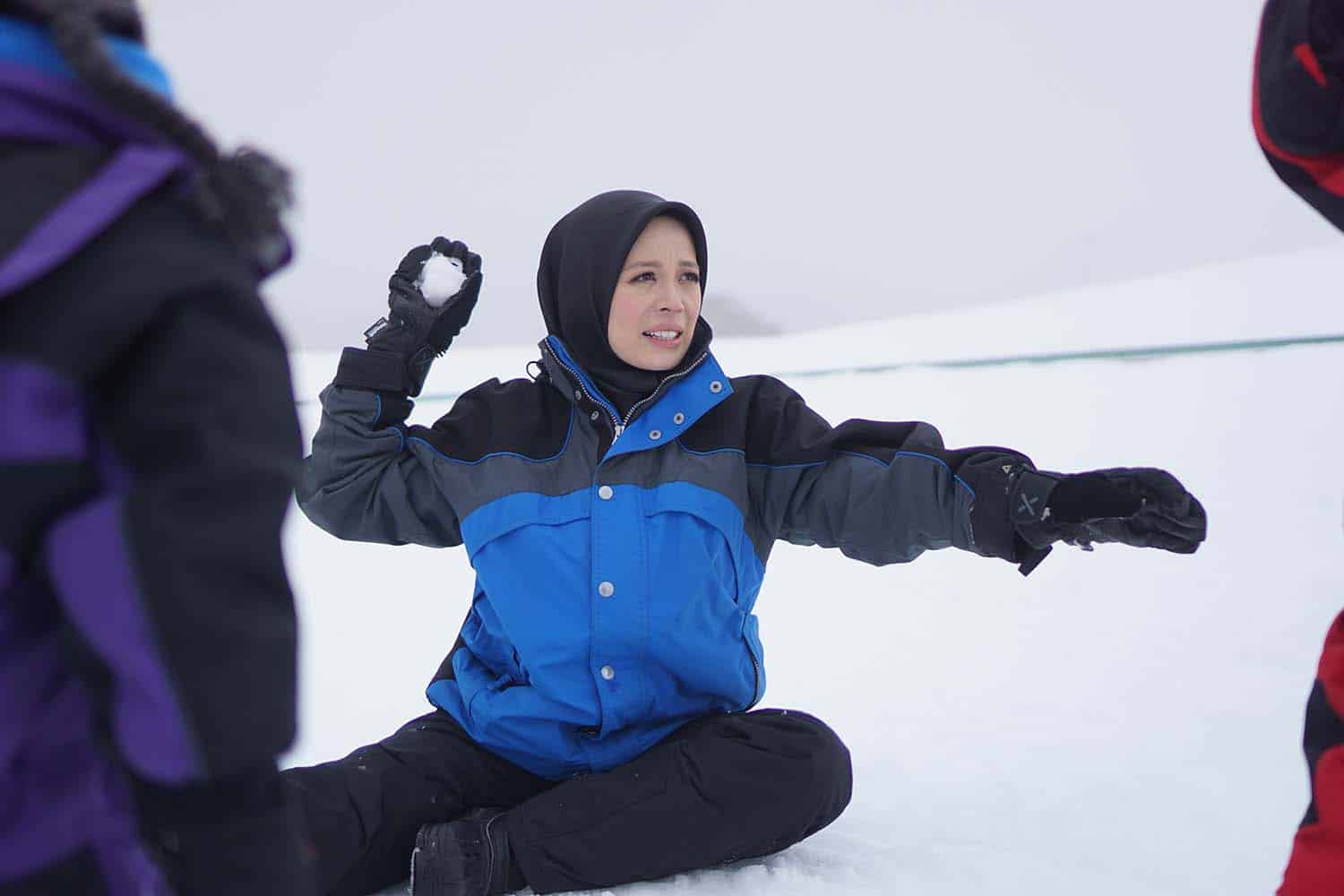Explore the Most Scenic Ski Resorts and Snowy Destinations for Snow In Australia
Explore the Most Scenic Ski Resorts and Snowy Destinations for Snow In Australia
Blog Article
The Various Kinds of Snow in Australia and Their Influence On Winter Months Sports
Australia, recognized for its sun-soaked beaches, is also home to a varied array of snow conditions that significantly influence winter sporting activities. Each type, from the damp coastal snow to the dry indoor powder, presents one-of-a-kind difficulties and benefits for professional athletes. An understanding of these variants is crucial for those looking for to browse the Australian slopes, as each needs various strategies and durability. The adhering to exploration will discuss the ramifications of these snow kinds on winter months sporting activities efficiency.

Comprehending the Qualities of Different Snow Kinds
While numerous presume that snow is a homogeneous entity, it is necessary to recognize that there are various kinds, each with unique attributes. These distinctions in snow kind aren't simply visual; they significantly effect winter season sporting activities, determining the simplicity of motion, the rate obtainable, and the level of control required from professional athletes.
The Impacts of Powder Snow on Snowboarding and Snowboarding
Regardless of its light and cosy appearance, powder snow in the Australian Alps provides both one-of-a-kind difficulties and possibilities for wintertime sporting activities fanatics, specifically those involved in winter sports and snowboarding. The smooth and flexible surface area of powder snow also decreases threat of injury during falls, making it a preferred selection for severe winter season sporting activities.

The Obstacles and Advantages of Packed Snow in Winter Months Sports
Moving focus from the loose, dry powder snow, one more widespread kind of snow in the Australian Alps is packed snow, posturing its very own set of challenges and benefits in the world of wintertime sporting activities. This denser, extra solidified form of snow provides a quicker, slicker surface, profiting sports like downhill skiing and snowboarding, boosting rate and precision. Nonetheless, the same qualities likewise existing difficulties. Its difficult surface area can be high-risk, boosting the possibility for injuries throughout falls. Browsing turns and managing rate can be tough on packed snow, calling for higher ability degrees from athletes. Regardless of these difficulties, loaded snow remains a crucial component in many winter months sporting activities, shaping the performance and methods of athletes.
The Function of Damp Snow in Australian Wintertimes Gamings
In comparison to the dense, slick surface of jam-packed snow, damp snow plays a totally various duty in Australian winter video games. Does It Snow In Australia. Its malleability makes it excellent for snow sculpting events and for fortifying snow frameworks in sports like snow ft fights.

How Slushy Snow Influences Winter Sports Performance
Proceeding the exploration of differing snow conditions in Australia, the influence of slushy snow on winter sporting activities is one more interesting factor. Slushy snow, resulting from warmer temperature levels or straight sunlight, positions one-of-a-kind obstacles to athletes. It decreases rate and requires boosted physical initiative as the tools penetrates the soft, water-saturated snow. In snowboarding and snowboarding, slushy problems can impact the predictability of dives and turns, increasing the threat of accidents. For snowmobiling, the device's performance might be prevented as it battles to preserve grip. Therefore, slushy snow changes the winter months sporting activities landscape, requiring not only increased physical effort from professional athletes however also a higher focus on safety precautions.
Adapting Winter Sports Techniques to Different Snow Conditions

Conclusion
In final thought, Australia's diverse snow kinds dramatically influence winter sporting activities efficiency. Each type, from the glossy seaside snow to the drier indoor powder and the hefty, sticky wet snow, offers distinct difficulties and advantages.
Moving emphasis from the loosened, completely dry powder snow, an additional widespread type of snow in the Australian Alps is stuffed snow, positioning its very own set of difficulties and benefits in the world of try here winter sports - Does It Snow In Australia.In comparison to the thick, slick surface of jam-packed snow, damp snow plays an entirely different role in Australian winter games. Its pliability makes it excellent for snow sculpting occasions and for strengthening snow read this post here structures in sporting activities like snow fort battles.Proceeding the exploration of differing snow conditions in Australia, the impact of slushy snow on winter months sporting activities is another interesting factor. Each type, from the glossy seaside snow to the drier indoor powder and the heavy, sticky damp snow, provides distinct difficulties and advantages
Report this page